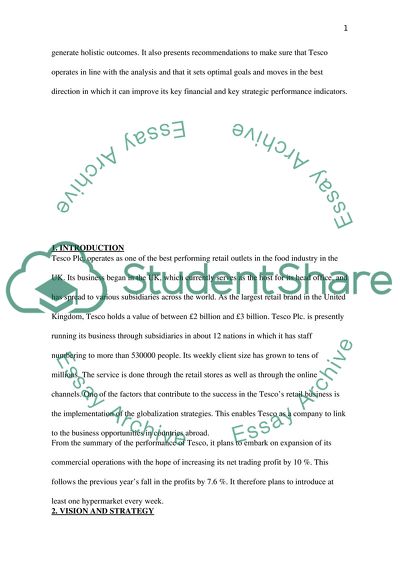Cite this document
(Create a Balanced Scorecard and Strategy Map for the company (TESCO) Essay, n.d.)
Create a Balanced Scorecard and Strategy Map for the company (TESCO) Essay. https://studentshare.org/finance-accounting/1813724-create-a-balanced-scorecard-and-strategy-map-for-the-company-tesco
Create a Balanced Scorecard and Strategy Map for the company (TESCO) Essay. https://studentshare.org/finance-accounting/1813724-create-a-balanced-scorecard-and-strategy-map-for-the-company-tesco
(Create a Balanced Scorecard and Strategy Map for the Company (TESCO) Essay)
Create a Balanced Scorecard and Strategy Map for the Company (TESCO) Essay. https://studentshare.org/finance-accounting/1813724-create-a-balanced-scorecard-and-strategy-map-for-the-company-tesco.
Create a Balanced Scorecard and Strategy Map for the Company (TESCO) Essay. https://studentshare.org/finance-accounting/1813724-create-a-balanced-scorecard-and-strategy-map-for-the-company-tesco.
“Create a Balanced Scorecard and Strategy Map for the Company (TESCO) Essay”. https://studentshare.org/finance-accounting/1813724-create-a-balanced-scorecard-and-strategy-map-for-the-company-tesco.


